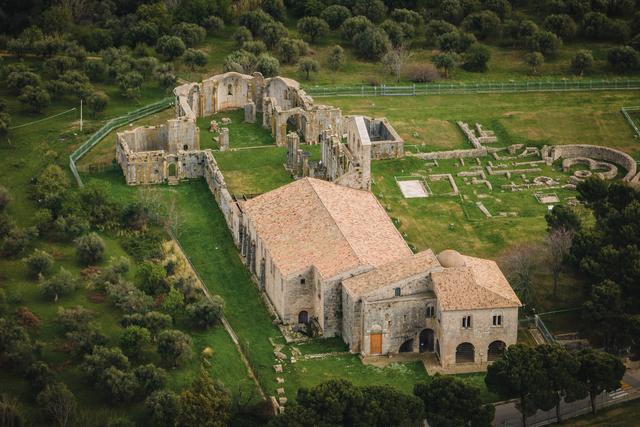Venosa
All the PlacesVenusia, founded on the border between Apulia and Lucania, sits at an altitude of 415 metres and has around 12,000 inhabitants. It is a city with deep historical roots, but it is best known thanks to Horace and the Via Appia. It was occupied by the Romans in 291 BC following their victory over the Samnites. After the Battle of Cannae in 217 BC, the defeated Terentius Varro took refuge there. The city flourished throughout the Roman Empire, only to be sacked by the Saracens in the 9th century. After the Norman conquest, it regained its former military significance.
Venusia boasts a long and fascinating history, as shown by its small historic centre and the surrounding archaeological sites—among them Notarchirico, where the femur of a specimen of Homo erectus, who lived around 300,000 years ago, was discovered.
The archaeological park, located just outside the town, preserves the remains of the ancient Roman colony of Venusia, situated along the Via Appia. The colony was established on a site already inhabited by Apulian communities and is renowned as the birthplace of the illustrious Latin poet Horace.
